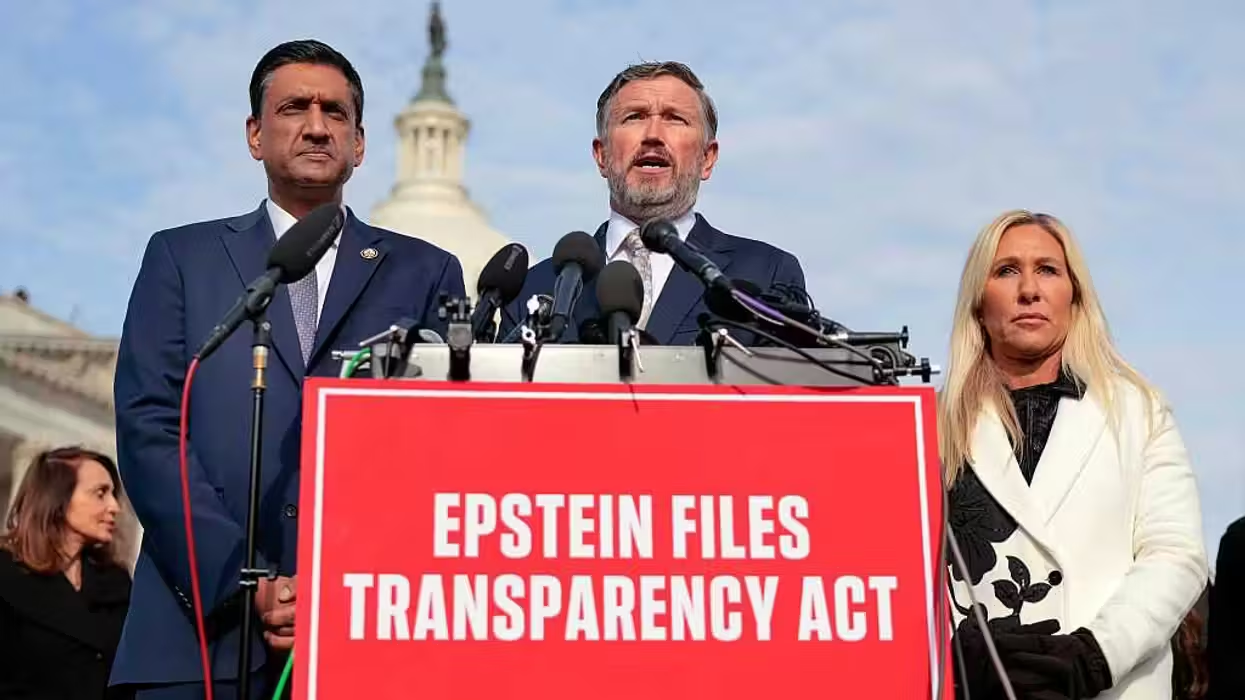© 2025 Blaze Media LLC. All rights reserved.
Cost Of A No-Fly Zone? $1 Billion. Benefit to U.S. Economy? $35 Billion. Saving Libyan Lives? Priceless.
March 08, 2011
CNBC's Erin Burnett doles out pre-market news and speculation on the U.S. and world financial markets each morning during her 'Business Before The Bell' segment on MSNBC. Oil was once again in the spotlight this morning and we heard the price of oil had stabilized as OPEC hinted they might be open to pumping a little more to make up for any supply disruptions due to the recent unrest in the Middle East. (Why wouldn't you pump more oil? The price has jumped substantially and you can make a killing right now.)
Talk of stabilization in the current oil price was welcome news, but when the conversation drifted over to discussions of a possible NATO enforced, no-fly zone over Libya, we learned some of the economic reality of the proposed action.
Projected cost to maintain a no-fly zone over northern Libya - just the coast line where the oil terminals deliver the goods - One billion dollars a year. (We currently spend two billion dollars each week fighting in Afghanistan.)
If the no-fly zone stabilizes the region and the oil markets, the price of crude is projected to drop $10-15 dollars per barrel, and we just take the low end of the of that projection and drop the price of oil by $10 a barrel, that represents a $35 billion dollar benefit to the American economy.
Aside from the potential humanitarian benefits garnered by stopping Qaddafi from bombing his own people, as an investment, the no-fly zone appears to be a pretty solid idea.
Want to leave a tip?
We answer to you. Help keep our content free of advertisers and big tech censorship by leaving a tip today.
Want to join the conversation?
Already a subscriber?
more stories
Sign up for the Blaze newsletter
By signing up, you agree to our Privacy Policy and Terms of Use, and agree to receive content that may sometimes include advertisements. You may opt out at any time.
Related Content
© 2025 Blaze Media LLC. All rights reserved.
Get the stories that matter most delivered directly to your inbox.
By signing up, you agree to our Privacy Policy and Terms of Use, and agree to receive content that may sometimes include advertisements. You may opt out at any time.






